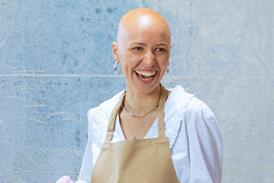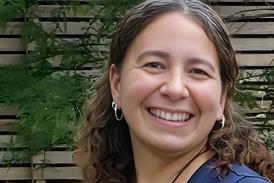
Every November is different, sometimes warmer, sometimes colder, but it’s always the time of descent into darkness. The year climbs down, down, like damp stone steps taking you deep into the silent bones of the earth. The months of growth, harvest and sunshine have finished; now is the season of sleeping seeds and bare branches. For those who crave sunlight, it can be a difficult time.
I discovered that the dark quarter of the year is eased for me by any kind of living light — starlight and moonlight, candlelight and firelight. I am lavish with the logs and the beeswax to keep the equilibrium of my soul as it passes like a night boatman across the deep, cold sound of winter.
The Swedish artist Carl Larsson was no stranger to dark winters. In 1909 a book of his paintings called Lasst Licht Hinin was published (usually translated as Let More Light In, but could also be Let the Light Come In). His life, like his paintings, could be seen as a study in letting the light in. His childhood was scarred by the darkness of extreme poverty, and as he developed as a painter he refrained from the decadence of the lives and paintings of the French Impressionists, preferring the homely realism of domestic interiors celebrating traditional family life on the farm. In his work, as in his life, he made the choice to let light in.
The singer-songwriter Leonard Cohen struggled his whole life with depression he described as “bleak and anguished”. Beautiful and melodic though they are, his songs are heavy with its darkness. But in his song Anthem, he writes about a crack running through everything, saying it is through this that the light gets in. So he makes a specific connection between the light and the darkness — through the flaws and the brokenness light enters. It’s in the winter that we light the fire, and on the frosty night that the stars shine with utmost brilliance.
Japanese ceramicists promote a similar concept in the art form Kintsugi (“golden joinery”), repairing broken bowls with lacquer incorporating gold, so the scars of the repair shine lustrously beautiful. It reminds me of Jesus emerging from the tomb’s darkness, showing his disciples the scars on his hands, the badge of his identity and our redemption.
In the darkness, through the darkness, even because of the darkness, light shines in.
Thinking it through
• Do you dread the winter darkness or does it make no difference? Does it get more difficult as the months go by? Do you like snuggly winter clothes or light summer ones best? Do you have a real fire at home? How about at night? Bedsocks, hot water bottles or electric blankets? What’s your preference?
• What can you identify as the dark seasons of your own life?
Have there been times of bereavement or depression when it seemed the darkness would never lift? How would you describe the seasonal quality of your life at the moment? Spring (exciting growth), summer (open and sunny), autumn (harvest-time) or winter (endings, austerity)?
• What connections can you make between light and darkness? How do we use light to make wintertime cheerful? When have you experienced the lights of peace and love and the Holy Spirit in dark times? How could we (metaphorically or literally) hang a lantern on the porch or in the window of our lives, to guide others home?
- Pen Wilcock is an author based in East Sussex. Connect with her at kindredofthequietway.blogspot.com






























